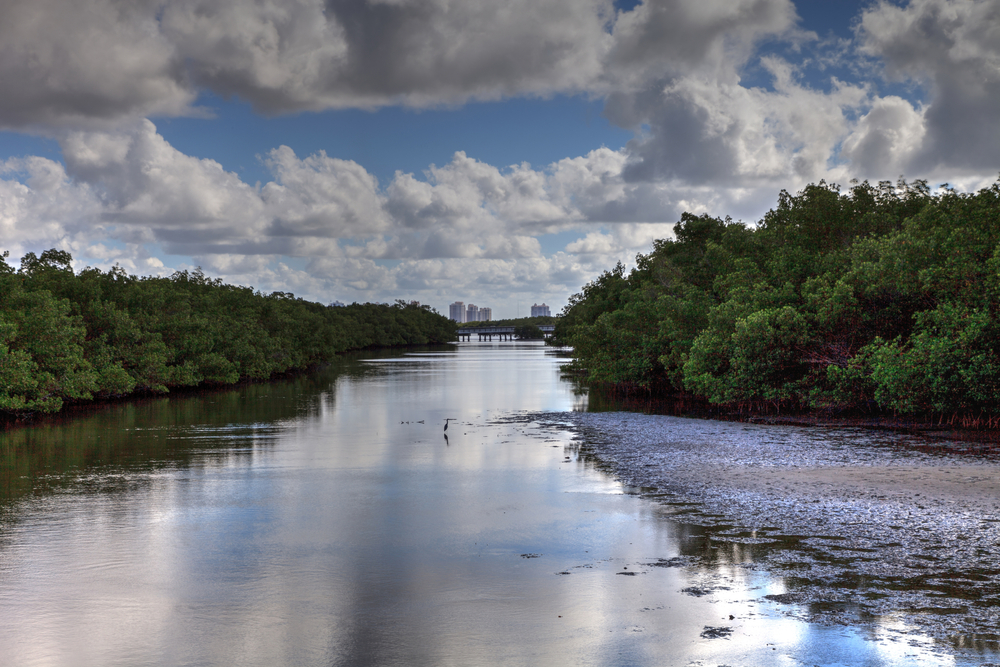The EPA recently released Effluent Guidelines Program Plan 15 (Plan 15), which lays out how the Agency will work to protect the nation’s waterways by following science and the Clean Water Act (CWA) to develop technology-based pollution limits and studies on wastewater discharges from industrial sources.
The plan focuses on evaluating the extent and nature of both nutrient and per- and polyfluoroalkyl substances (PFAS) discharges. Plan 15 further advances the EPA’s commitment to restrict PFAS discharges from industrial sources through a multifaceted Effluent Limitations Guidelines (ELG) program.
“For 50 years, EPA has implemented the Clean Water Act to protect our nation’s waters that are essential to healthy communities. [Plan 15] represents a critical next step to tackle pollutants like PFAS and nutrients at the source, before they can harm our health and the environment,” said Assistant Administrator for Water Radhika Fox in an EPA news release. “With this action, EPA continues to demonstrate our commitment to using the best available data and treatment technologies to reduce harmful industrial pollutants.”
Plan 15 also announces that the EPA has determined that revisions to the ELGs and pretreatment standards for the Landfills Category (40 Code of Federal Regulations (CFR) part 445) are warranted considering PFAS found in landfill leachate. The Agency made this decision after concluding a detailed study that was discussed in Preliminary Effluent Guidelines Program Plan 15.
Several studies, both new and continual, were announced in Plan 15:
- An expansion of the ongoing study of PFAS discharges from textile manufacturers;
- A new study of publicly owned treatment works (POTW) influents to characterize the PFAS concentrations from industrial dischargers to POTWs and inform implementation of pretreatment programs to address them; and
- A new study on concentrated animal feeding operations (CAFOs) to make an informed, reasoned decision on whether to undertake rulemaking to revise the ELGs for CAFOs.
Plan 15 also contains updates to actions included in the EPA’s Regulatory Agenda, including:
- A Steam Electric Power Generating Category rulemaking to strengthen certain wastewater pollution discharge limitations for coal-fired power plants that use steam to generate electricity;
- A Meat and Poultry Products Category to address nutrient discharges;
- An Organic Chemicals, Plastics & Synthetic Fibers Category to address PFAS discharges; and
- Metal Finishing and Electroplating Categories to address PFAS discharges.
As part of Plan 15, the Agency announced it is not pursuing further regulatory action for the Electrical and Electronic Components (E&EC) Category (40 CFR part 469) at this time but will continue monitoring this category for PFAS discharge data through the POTW Influent Study. The Agency also stated it will continue to monitor PFAS applications and discharges from the Pulp, Paper, and Paperboard Category (40 CFR part 430) and airports.
The specific timing and plans for beginning these actions will depend on the agency’s fiscal year 2023 appropriations and operating plan.
Background
ELGs are national, technology-based regulations developed to control industrial wastewater discharges to surface waters and into POTWs. ELGs are intended to represent the greatest pollutant reductions through technology that are economically achievable for an industry. ELG program plans are prepared after public review and comment on a preliminary plan, pursuant to CWA Section 304(m). ELG plans provide a description of the Agency’s annual review of ELGs and pretreatment standards, consistent with the CWA. Based on these reviews, the EPA develops plans to identify any new or existing industrial categories selected for ELG or pretreatment standards rulemakings and to provide a schedule for such rulemakings. In addition, ELG plans present any new or existing categories of industry selected for further review and analysis.

